Dear Stephen,
I live in a community where most people got sick with some viral flu like thing beginning of May, and most of the people who didn’t get sick then got sick 2 weeks ago, except the kids; they didn’t get sick at all. Both times it has tested negative for swine flu. But it causes severe flu symptoms in summer, so whatever it is, it’s contagious and seemingly viral. In Healing Lyme, you mentioned andrographis having been used for Spanish 1918 flu, I am thinking of trying it with the remaining people who are sick. One healthy woman has been ill for 15 days with a high temperature, migraine, and weakness, and most others are healing, but slowly. Any thoughts of other herbs to add with andrographis?
Stephen’s response:
I would highly suggest lomatium dissectum tincture. Here is a tincture formulation I use (you may have trouble getting all these): lomatium (1 tsp), pleurisy root (2 tsp), elecampagne (2 tsp), usnea (2 tsp), skunk cabbage (1 tsp), marshmallow (1 tsp). Mix together and take every hour in acute conditions (1/4 tsp). All the herbs will help, however the most essential is the lomatium. It is very strong. I don’t normally suggest it be taken by itself.
Stephen
-
Stephen Harrod Buhner was an Earth poet and an award-winning author of twenty-four books on nature, indigenous cultures, the environment, and herbal medicine including the acclaimed book Healing Lyme: Natural Healing & Prevention of Lyme Borreliosis & Its Co-infections.
Stephen came from a long line of healers including Leroy Burney, Surgeon General of the United States under Eisenhower and Kennedy, and Elizabeth Lusterheide, a midwife and herbalist who worked in rural Indiana in the early nineteenth century. The greatest influence on his work, however, was his great-grandfather C.G. Harrod who primarily used botanical medicines, also in rural Indiana, when he began his work as a physician in 1911.
Stephen’s work has appeared or been profiled in publications throughout North America and Europe including Common Boundary, Apotheosis, Shaman’s Drum, The New York Times, CNN, and Good Morning America. Stephen lectured yearly throughout the United States on herbal medicine, the sacredness of plants, the intelligence of Nature, and the states of mind necessary for successful habitation of Earth.
He was a tireless advocate for the reincorporation of the exploratory artist, independent scholar, amateur naturalist, and citizen scientist in American society – especially as a counterweight to the influence of corporate science and technology.
View all posts

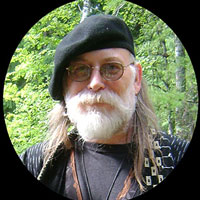
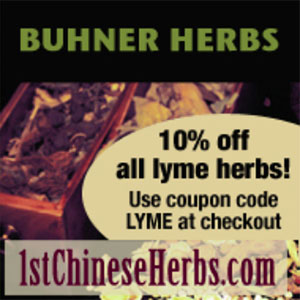


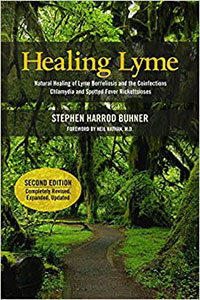
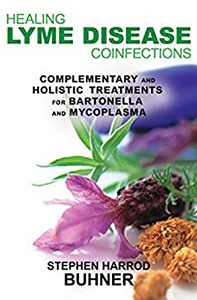
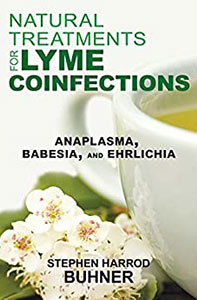
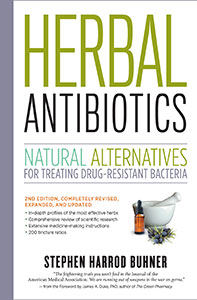
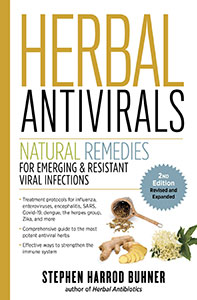



0 Comments